Home » Construction » Exploring the Most Famous Tunnels in Pakistan
Pakistan is home to a splendid mix of terrains. From snow-covered mountains to one of the hottest deserts; from scorching hot to freezing cold temperatures; from seas and oceans to rivers and lakes; Pakistan is a country truly blessed by nature. The presence of mountains and quite a few mountain ranges required creative engineering workarounds as a result of which the construction of many tunnels in Pakistan have been carried out through history to make commute by road and rail possible.
Somewhat similar to bridges, tunnels kind of defy, but also completely abide by the most complex laws of physics. Due to various complexities and the financial expense attached with their construction, tunnels are usually the last resort when it comes to providing people an easier and quicker way to get to their respective destinations, which are otherwise impossible or extremely hard to reach.
The railroads and highways passing through many hills and mountainous regions of Balochistan, Khyber Pakhtunkhwa, and Gilgit-Baltistan stand witness to human ingenuity, and their construction inspires awe in onlookers.
The Most Popular Tunnels in Pakistan
Following is the list of tunnels in Pakistan that have made travelling more convenient for people hailing from various regions of the country:
- Attabad Tunnels (Pak-China Friendship Tunnels)
- Khojak Tunnel
- Lowari Tunnel
- Malakand Tunnel
- Nahakki Tunnel
Attabad Tunnels (Pak-China Friendship Tunnels)
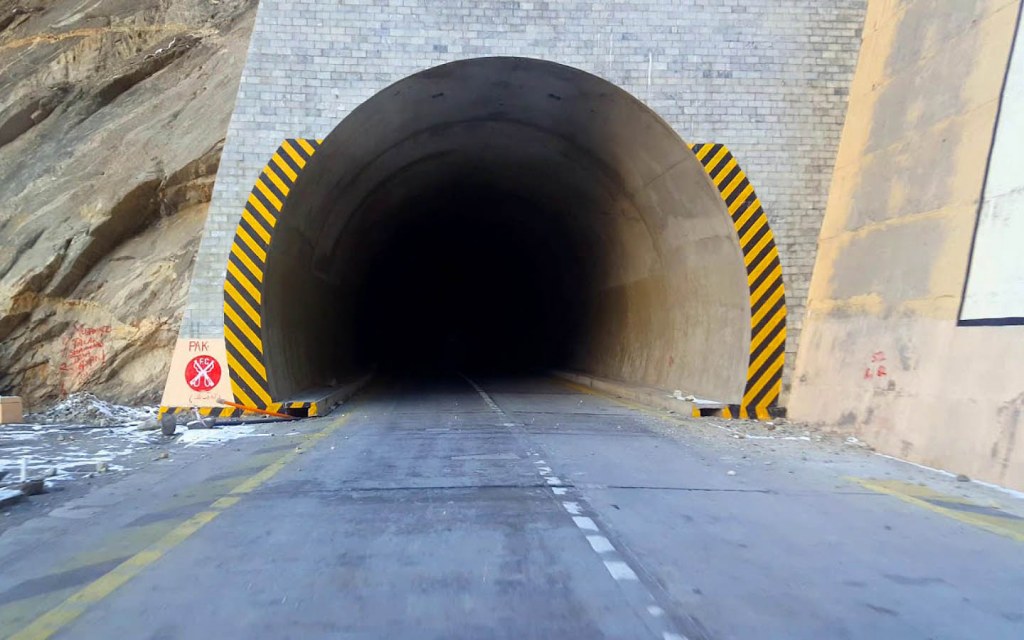
Opened for public in 2015, the Attabad Tunnels Project, aka Pak-China Friendship Tunnels Project, is the most prominent name in the list of tunnels in Pakistan. It encompasses five tunnels stretching up to 7 km. The tunnels are built only a few kilometres apart from one another as they are part of a particular 24-km portion of Karakoram Highway.
The National Highway Authority (NHA) of Pakistan listed the help of Chinese engineers and together constructed these tunnels over the Attabad Lake in the Hunza Valley of Gilgit-Baltistan, which is considered a vital part of the China-Pakistan Economic Corridor (CPEC). China and Pakistan have always enjoyed friendly ties, and Attabad Tunnels pay homage to this friendship.
Khojak Tunnel
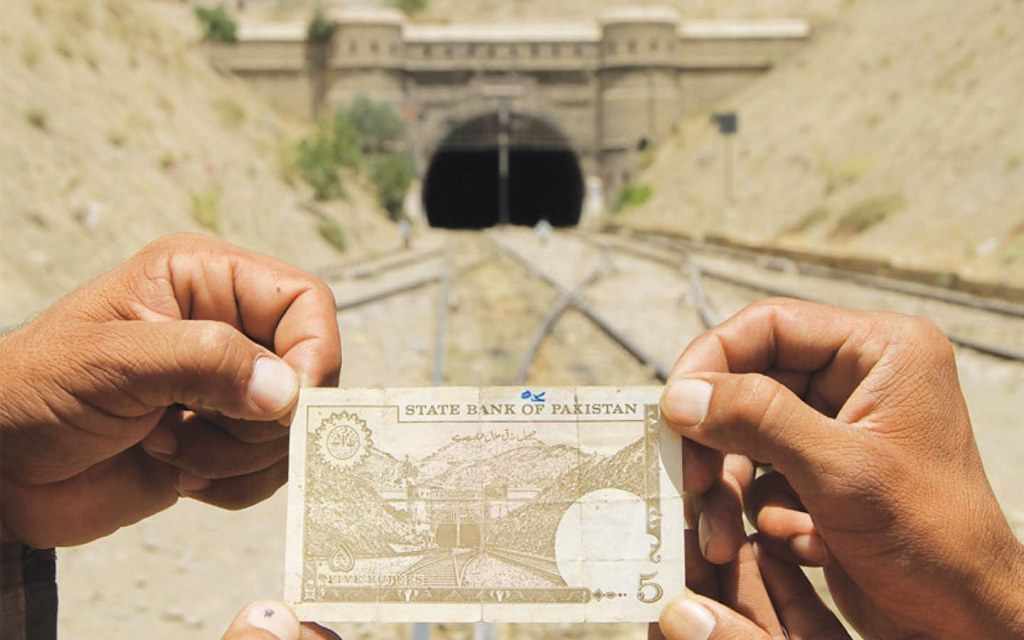
Khojak Tunnel is recognized as one of South Asia’s longest tunnels. It was also featured on the 5 rupee note that was later replaced by a coin. The 3.9 km tunnel, constructed between 1888 and 1891, is also one of the oldest tunnels in Pakistan.
The railway track connecting Quetta crosses the Khojak Tunnel and stretches all the way to the Pak-Afghan Border in Chaman. The tunnel was used by the British to send their troops to counter Russian forces, and as such, the tunnel is considered a historical part of the subcontinent.
Lowari Tunnel
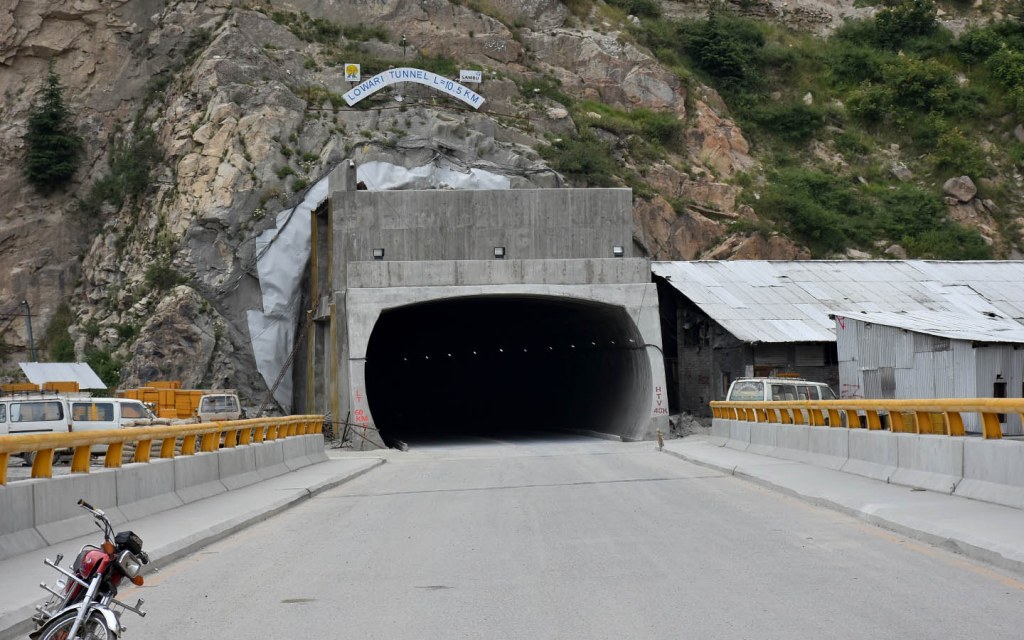
Lowari Tunnel serves as one of the most important routes in Pakistan, connecting the northernmost part of Khyber Pakhtunkhwa to the rest of the country. This tunnel project is cherished by half a million people living in Chiltral. Before the construction of the Lowari Tunnel, locals of this area were almost isolated and disconnected from other parts of Pakistan for nearly six months every year due to the closure of road links caused by snowfall.
The tunnel has a total length of 10.4 km and plays a crucial role in connecting Dir with Chitral, both of which are located in Khyber Pakhtunkhwa. The tunnel is managed and operated by the National Highway Authority. Upon mining historical data, we came to know that the project of Lowari Tunnel was originally initiated as a railway tunnel decades ago. Although in later years, it was converted into a tunnel for motorists.
Malakand Tunnel
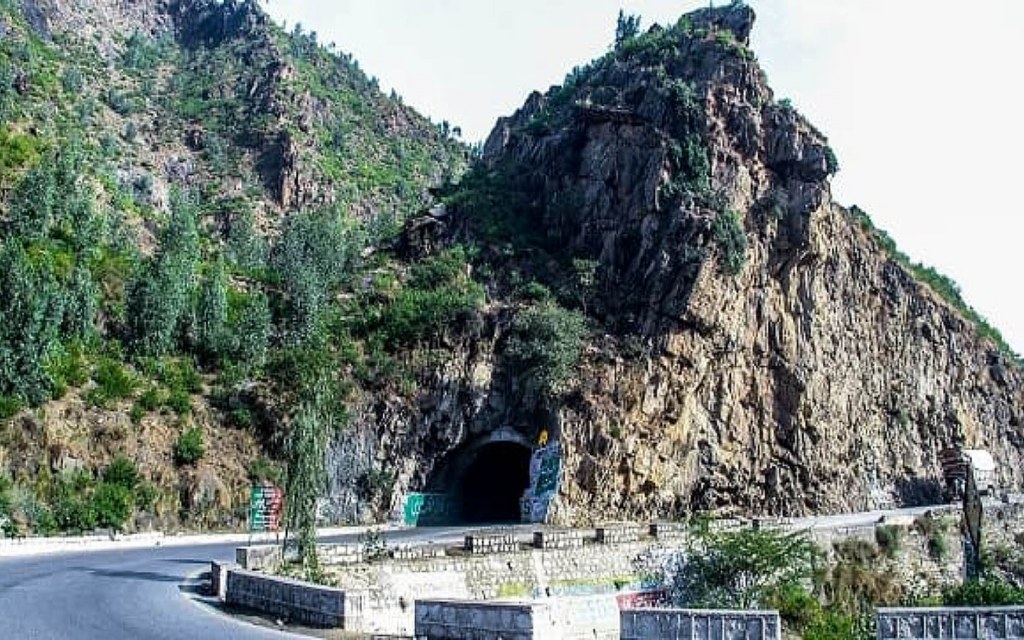
Funded by the National Highway Authority, Malakand Tunnel is one of the most important tunnels in Pakistan. It provides road connectivity to motorists crossing Malakand Pass on N-45 Nowshera-Chitral Highway. Stretching 1.3 km in length, Malakand Pass Tunnel has been further converted into a twin-tube tunnel to facilitate the rising volume of traffic.
Malakand Pass is built in an area which is home to several hills and steep slopes. This particular type of land formation can cause traffic congestion and usually leads to accidents. Malakand tunnel was constructed by the National Highway Authority (NHA) to decrease the number of traffic incidents happening in the area caused by the fragile geology.
Nahakki Tunnel
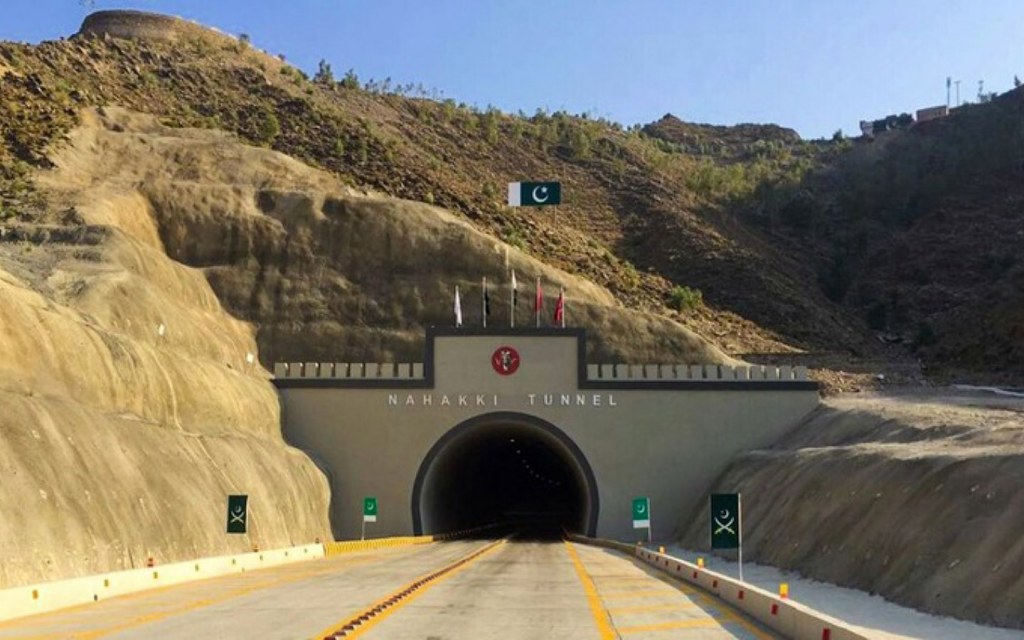
We cannot help but tip our hats to the Pakistani engineers who structured Nahakki Tunnel in one of the remotest parts of Mohmand Agency. According to the local population, it was an extremely long journey to the neighbouring Bajaur Agency, and it used to be fraught with risks. The construction of Nahakki Tunnel has not only minimised these risks but has also whittled down the journey to just 15 minutes.
The construction of the tunnel turned out to be an arduous challenge due to the harsh environment and geology of the area. Nahakki Tunnel is part of a bigger project consisting of a road stretching across 30 km. This expressway is expected to cut down the travel time between Peshawar to Mohmand via Bajaur.
The tunnels, carved through mountains and hilly terrains, are facilitating travellers by making their journeys safer and shorter. Be it any region of Pakistan, almost all of the vehicular tunnels in the country are run and managed by the National Highway Authority.
You can also plan a trip up north if you want to take a closer look at these amazing tunnels yourself. However, there are certain dos and don’ts that you should know while travelling to the northern areas in Pakistan.
Subscribe to Zameen Blog – the best tourism and lifestyle blog in Pakistan to never miss out on our informative posts on infrastructure developments and tourism in Pakistan.



